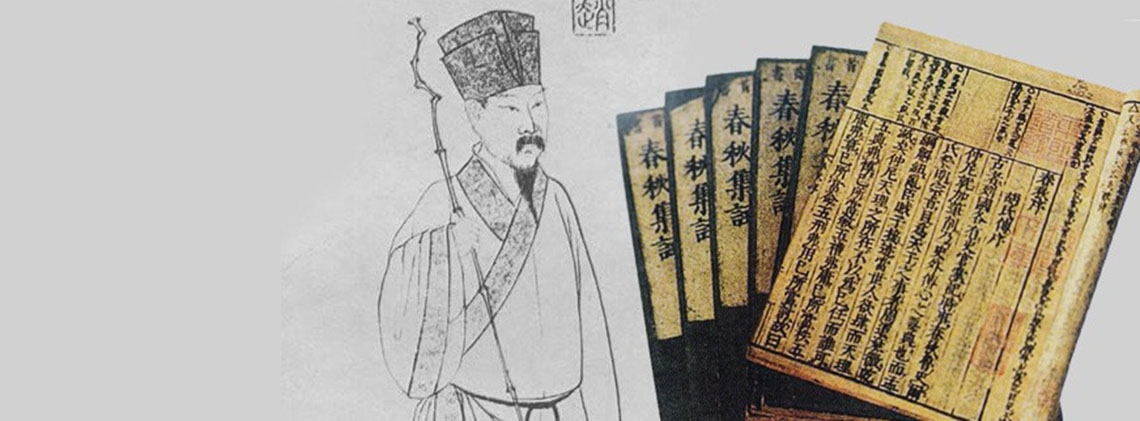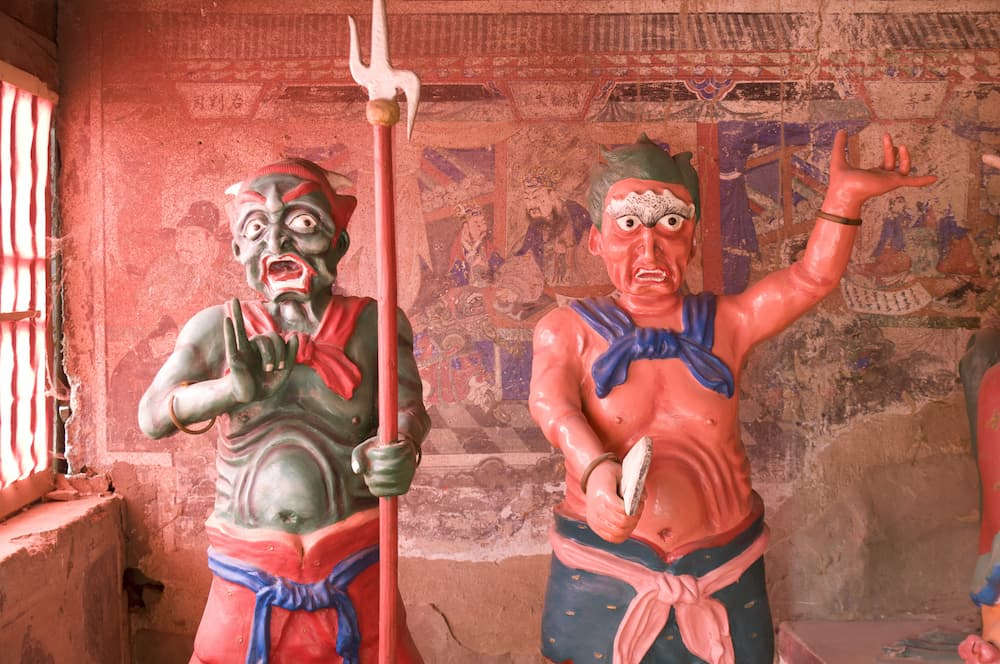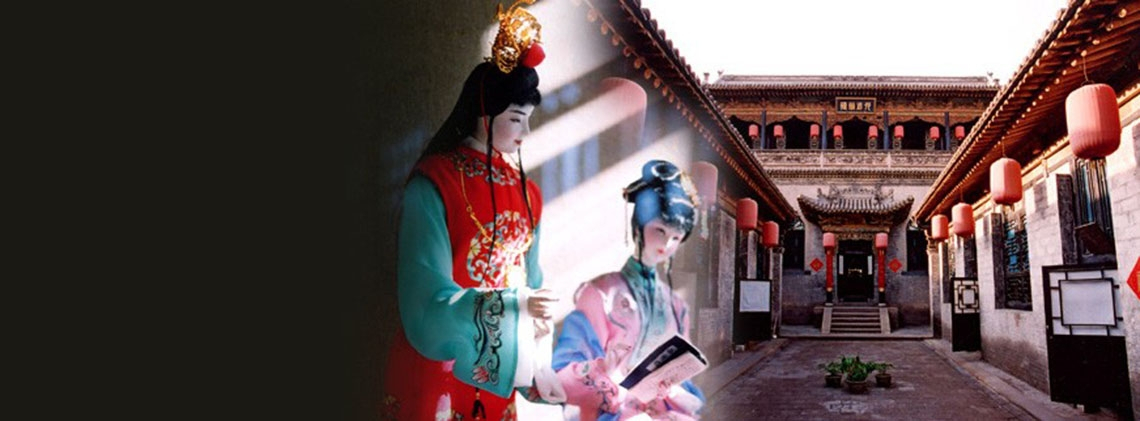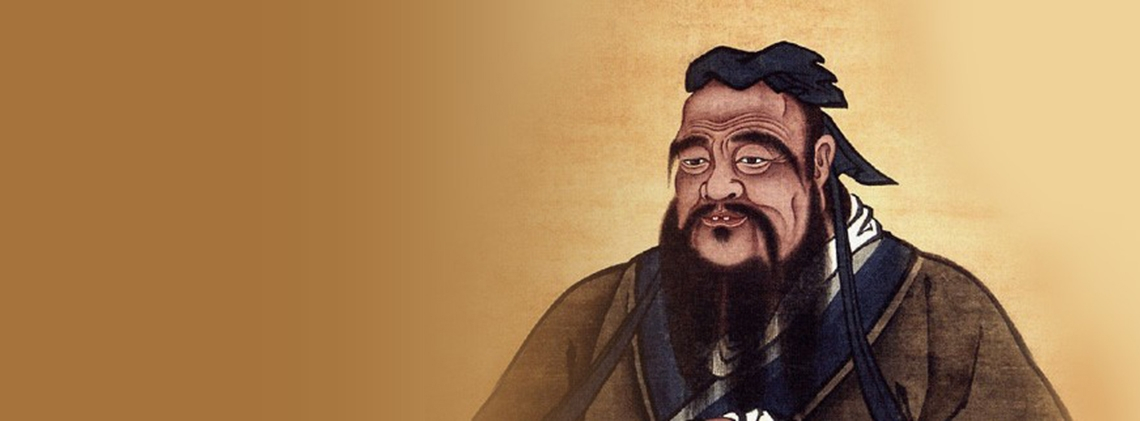
Cultural Autocracy in Ancient China
Splendid
Chi Culture
Topic
Cultural Autocracy in Ancient China
Autocracy was an inherent element in Chinese traditional cultural heritage. The Hundred Schools of Thought, which flourished before the Qin dynasty (221–206 BCE), formed the foundation of Chinese ancient culture. With the exception of Laozi (d. 531 BCE) and Zhuangzi (ca. 369–ca. 286 BCE), all other philosophies and schools including Ruism (also known as Confucianism), Legalism, Mohism, and Yin-Yang laid down rules protecting the status quo in order to benefit the ruling class. The sovereign’s supremacy as reflected in the terms “the divine right of kings,” and “the son of true dragon,” are all views that strengthened the autocracy and formed the foundation on which ancient rulers exercise cultural autocracy. An autocratic ruler not only rules the lives of his subjects, but also their thoughts.
Throughout history, the degree of autocratic rule has varied, but overall, it has tended to be severe in scholarly and cultural domains. The development of cultural autocracy in ancient China can be divided into four periods. The first period began in the era before the Qin dynasty and extended through the two Han dynasties (206 BCE–220 BC) following it. This period represents the birth of cultural autocracy. Before the Spring and Autumn period (770–476 BCE), schools were state-run and cultural activities were controlled by the government. The Hundred Schools of Thought blossomed in the Spring and Autumn period and the Warring States period (475–221 BCE). However, this period of active free thinking, the only such period in Chinese history, came to an end in the following dynasties. Qin Shihuang (First Emperor of the Qin, (259–210 BCE) burned books and buried scholars alive, and Emperor Wu (r. 141–87 BCE) of the Han dynasty dismissed the Hundred Schools of Thought, and ruled that only Ruism would be recognized. The impact of these sweeping and brutal actions was far-reaching.
The second period began in the Wei (220–265) and Jin (265–420) period and extended through the Northern and Southern Dynasties (420–589). This was a period when literature, historiography, arcane learning, and Buddhism flourished. It was also a period in which officials, historians, and poets were punished for their criticisms of the state. Buddhism was also proscribed. This was the time when autocracy grew.
The third period extended from the Sui dynasty (581–618) through the Tang (618–907) and the Southern Song (1127–1279) dynasties. In this period, autocracy thrived in China resulting in the punishment of dissenting officials, and writers who wrote critical poems and songs, and the closing of schools and banning of books. That the government actively hired officials through imperial examination meant that it controlled the career paths of the intelligentsia and had absolute authority over them. In both of the two Song dynasties (960–1279), political reform and decisions concerning the war against the Jurchens ignited fierce and frequent partisan struggles. During this time, the government ordered the compilation of large literary compendia. This was a large-scale project and was an effective tool for the ruler to exert control over cultural autocracy.
The fourth period included the Ming (1368–1644) and Qing (1644–1911) dynasties. In this period autocracy reached its zenith in China. The cruelty with which the court ruthlessly oppressed the intelligentsia was far greater than any period before. The ruler aggressively censored freedom of speech. The period climaxed with a literary inquisition was the climax and ultimate example of Ming and Qing cultural autocracy.
Religious control was another effective tool used by the ruling class to preserve the autocratic regime. Whether the ruler banned a religion or promoted one, the goal was always to protect and to secure the ruling regime. During the reign of Zhu Yuanzhang, Emperor Taizu (r. 1368–1398) of the Ming dynasty, the preaching of private secret religions such as Maitreyanism, the White Lotus, Manichaeism, and White Cloud School (of Buddhism) was banned. In imperial China, cultural autocracy was persistent, harsh and cruel. It effectively strengthened the ruler’s control.
Han Fei (ca. 280–233 BCE) said that “to control the thoughts of the people” it was necessary to ban speech, and curtail their minds. There were many ways to curtail people’s thinking. Academic autocracy is one method. Dong Zhongshu (179–104 BCE), a Ruist scholar in the Han dynasty altered Ruism by mixing in Yin-Yang and “five elements” theory, and by adopting “New Text classics” to cater to the ruler’s needs. As a result, New Text Rusim became the official form of scholarship, fully supported by the government, becoming the main stream of philosophical thought in the two Han dynasties, while all other systems of thought and philosophies were shoved aside.
Inextricably linked to the autocratic regime were nepotism, a clannish monopoly of power, and factional fighting. The selection and appointment of officials can be used as a measuring stick to gauge the degree of democracy present in a country or political system. In autocratic China, exams were a monopoly of the government which made sure those who were selected were absolutely loyal towards the ruler. Since the time of Empress Wu Zetian (624–705, r. 690–705) of the Tang, rulers would personally administer the exams. The government not only dictated the course materials for the exams, but emperors would even approve text books. Moreover, even the mandatory literary styles, such as the “eight-legged essay,” forced the participants to study and to take the exam entirely on the government’s terms, without any deviation.







